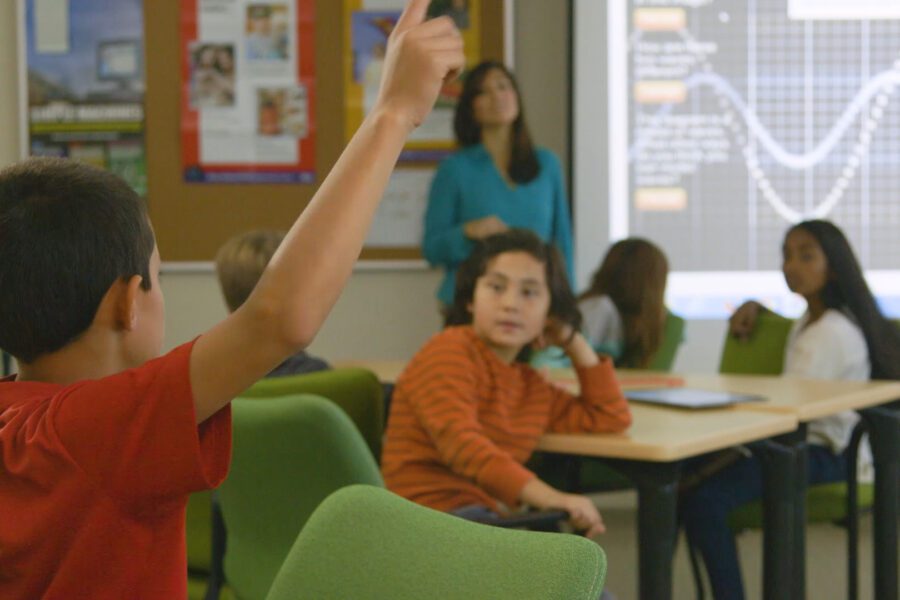
There’s never been a more important time for helping students assess the credibility of sources. Not only is this skill useful for success in school, but media literacy is essential for becoming an informed citizen.
Given the volume of misinformation circulating on social media, community forums, and various websites today, students need careful guidance about how to separate fact from fiction. A 2020 study from the Center for Countering Digital Hate found that when volunteers reported misinformation they discovered on social media platforms, the tech companies responsible only seemed to take action 4.9% of the time.
The way we discover and share information online will continue to evolve. What’s clear for now is that students need to be given the appropriate tools to decide for themselves whether they’re dealing with credible sources or not.
Principles to Teach Students About Credible Sources
To help your students determine the credibility of sources, guide them toward a deeper understanding of the following principles.
Check the Basics
The University of Maryland Global Campus Library contains a variety of resources for verifying information and scrutinizing sources. This page is up to date and includes advice about how to watch out for clickbait. It also encourages students to be particularly careful of claims contained in memes. Learners are directed to check for reputable outside sources reporting the same information instead of accepting image macros at face value.
Ask the Right Questions
As students seek to dive deeper with potential sources, scaffolded questions will help guide their discovery. Asking students to consider the relevance, recency, intent, and authority of their sources will help them decide what to believe.
Website Attributes
Your students can learn a lot about the reliability of websites through a few simple activities. As the Brigham Young University Library pointed out, the domain suffix for every website can teach you a lot about the purpose of that resource and its credibility. Verifying links can also help students determine how purposeful and accurate the information is on any particular page.
Activities to Help Students Practice Their Skills
Looking for ways to make learning about media literacy fun? Here are a few activities that your students will love.
Explore the Classics
There’s a wealth of fun and entertaining activities to help your students nurture a healthy skepticism of potential sources.
Who could forget the classics? The Dihydrogen Monoxide Research Division has been alerting the world to the environmental impact of this shockingly common chemical — H2O — for years. Admittedly, their website does look like it’s from another time, so you might want to repackage their content in your own modern-day way.
For the social studies classroom, you may want to help your students explore the Ticino spaghetti harvest of 1957. Use discussion questions like, “How were the Swiss and Italian spaghetti harvests different?”
A little bit of friendly deception here will lead to a lesson about source credibility your students won’t soon forget. Still, be sure to explain that these examples may be all in good fun, but most misinformation is not produced in that same good-natured spirit.
To get students thinking critically about the memes they see on social media, you might want to try your hand at creating slick-looking photo collages that juxtapose popular quotes from current celebrities with a picture of a historical figure.
Organize a Scavenger Hunt
A source credibility scavenger hunt can be a great way for your students to find the most highly prized resources. Ask your class questions about local history, for instance, and assign higher points to information gleaned from reputable primary sources or well-sourced, reliable secondary and tertiary sources.
Deploy a Group of Private Investigators
To integrate these lessons into an ongoing unit, frame an upcoming assignment as an opportunity for your students to act as private investigators solving a mystery. How are they going to convince their client that they’ve solved the puzzle once and for all? This gives students a chance to explore how skepticism can lead them to develop more persuasive claims.
For more information on how to leverage TCI learning materials in your classroom, reach out to us today.


